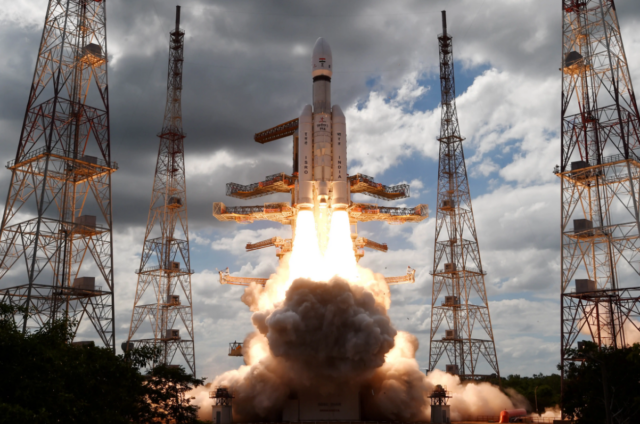As two American private space companies join hands for the first time, are there lessons for India? The collaboration meant Northrop Grumman’s Cygnus cargo spacecraft was launched by SpaceX’s Falcon-9 launch vehicle to the International Space Station. This is a major milestone for the US, which intends to dissociate from its current dependence on Russian engines when it comes to crew and cargo transport to Low Earth Orbit space stations.
In pics | Falcon 9 rocket successfully launched a Northrop Cygnus cargo spacecraft to the @Space_Station on Jan 30.
The rocket lifted off from Space Launch Complex 40 at Cape Canaveral Space Force Station
📷 @SpaceX @NorthropGrumman @girichaitanya19 pic.twitter.com/24Bc2dPO7W
— Interstellar News (@interstellar_go) January 31, 2024
This is important for India as it progresses with raising the Bharatiya Space Station. India would need multiple players competing in the launch market, the cargo and crew module market, steady supply of engines from reliable and non-confrontational international partners and of course indigenous engines.
For now, the focus appears to be on the indigenous with ISRO (Indian Space Research Organisation) working on a new rocket that could launch 20-ton payloads. The plans call for scaling this up to over 1000 tons in subsequent years. The current LVM-3 rocket can carry only 10 tons, so there’s a lot of work to be done.
The first test is in 2028 when the inaugural module of the locally designed and built space station will be launched. It will be entirely automated, the idea being to test various technologies before going for a manned launch in 2035. The module will enable ISRO to carry out docking manoeuvres and experiments. In the intervening years, more modules of the space station will be built and launched.





